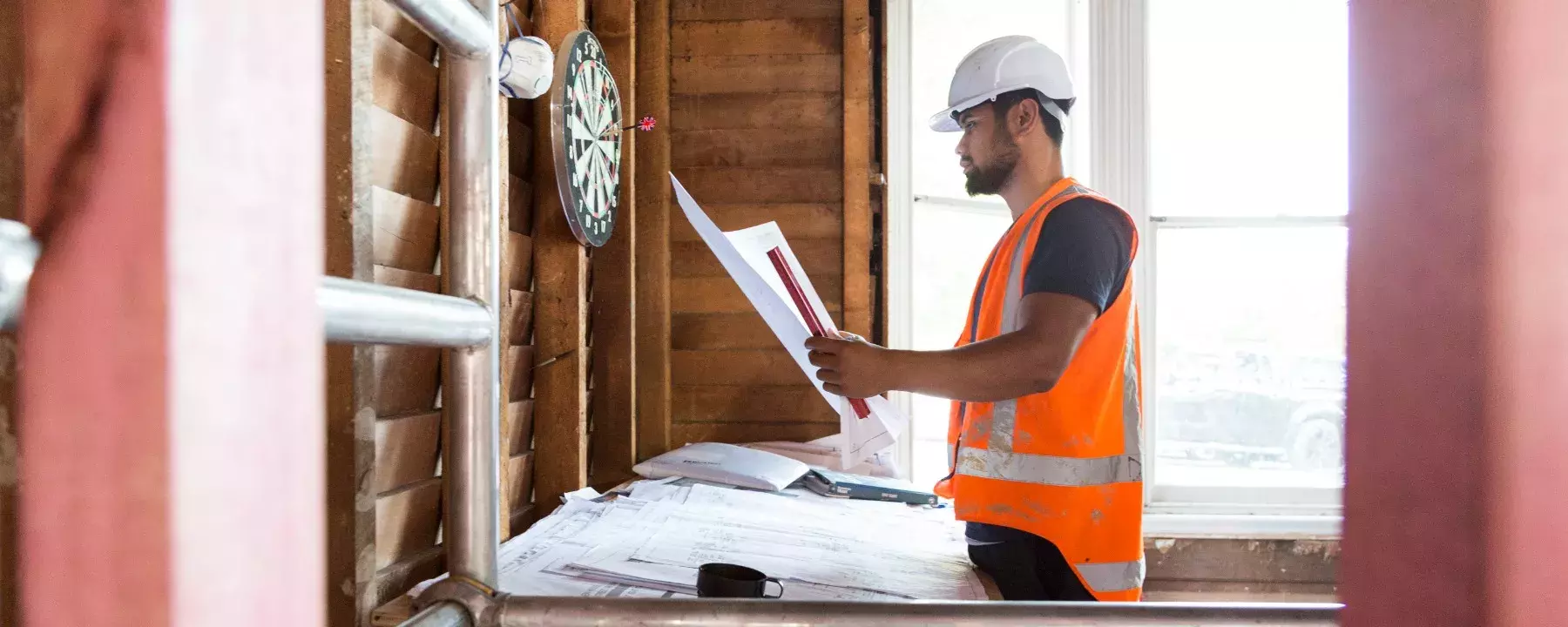For the past decade, PFI (private finance initiative) contracts have been in place to support the public sector with the management of their existing estates and facilities.
As these contracts start to come to an end in the next few years, the public sector will be forced to decide how to continue the running and development of their buildings. Recent guidance issued by the Infrastructure and Projects Authority sets out a clear timeframe to prepare for the transfer of assets into public ownership.
What are the considerations?
There are different options for the public sector regarding the ongoing management of the asset and it’s important that these are considered well in advance of the contract expiry. While some will choose to renegotiate a new contract with the existing provider or take the work in-house, another option will be to set up a subsidiary company to manage the assets.
This presents a chance to disrupt the traditional model and develop new operating models to support the opportunities from taking over the ownership of managing the estates and facilities. This could also include establishing a new organisation in its own right: public sector bodies will be able to ensure that their assets are being looked after by a firm they’ve created and managed through various KPIs linked to the safe management of these buildings. In addition to establishing trust and quality, the services of a new company can also be offered to other public organisations and can improve collaboration within the public sector without the need to outsource facilities management contracts.
This also provides the opportunity to assess and develop the use of new technology in their buildings. For example, implementing augmented reality technology to support facilities managers in monitoring the safety of buildings. The new systems would show teams exactly where things are within the building, such as fire safety equipment or electronic wiring, meaning managers can more easily take decisions about where key business services need to be applied. Another exciting development is RFID (Radio Frequency Identification) technology, which will allow employees to tag equipment, monitor its use and find it more quickly.
Within these companies, multidisciplinary teams will need to be established, to make sure they’re able to handle all the tasks that are likely to arise. From the day-to-day smooth running of the buildings, through to more complex technical challenges like internal wiring and structural work, public sector bodies need to be sure that every aspect of the building is going to be attended to by the new entity they establish. And, in order to create a multidisciplinary team that can successfully take over the running of these assets, collaboration will be essential.
Workforce challenges
Bringing two cultures together can be challenging, but public sector bodies can guide employees and support them through the transition period. From teambuilding exercises to additional training, workshops, one-to-one mentoring, goalsetting and educational tools, there’s plenty of ways that leaders can unite teams. Each organisation will need to analyse the skills and morale of their individual teams to determine how best to encourage collaboration. In addition to integrating new starters into the workplace, they will also need to be mindful of the impact that the pandemic has had on organisational culture. With flexible working and hybrid offices now becoming the norm, these transitions will need to be managed in a more complex space than ever before.
For some organisations, merging staff from different organisations will present challenges, and managers will need to be prepared for what lies ahead. When a business changes ownership, employees are protected under the Transfer of Undertakings Protection Employment (TUPE). This applies to organisations and businesses across the UK, including the public sector. Combining workforces between the public and private sector is unlikely to be an easy task. In addition to merging workplace behaviour and culture, procedures and operations will also need to be in sync. In the short-term, employees will be entitled to retain their existing contracts if they move into the public sector from a private sector organisation, something which might cause tensions in teams.
Employees from the private sector may be used to working under separate guidance and regulations, and it can take time to migrate them into new ways of operating. They might also have learnt certain skills which were relevant to the specific role they were in and can be adapted. It will be the responsibility of trusts to integrate these dynamic capabilities to form improved teams, learning from the best of both worlds.
Workplace cultural changes are already underway across the public sector, so now is the time for leaders to start developing plans and support networks within their teams to adapt as quickly as possible. By working together and putting strategy in place from the outset, we can ensure a more harmonious integration of different teams, where each individual feels valued and secure in their job.







